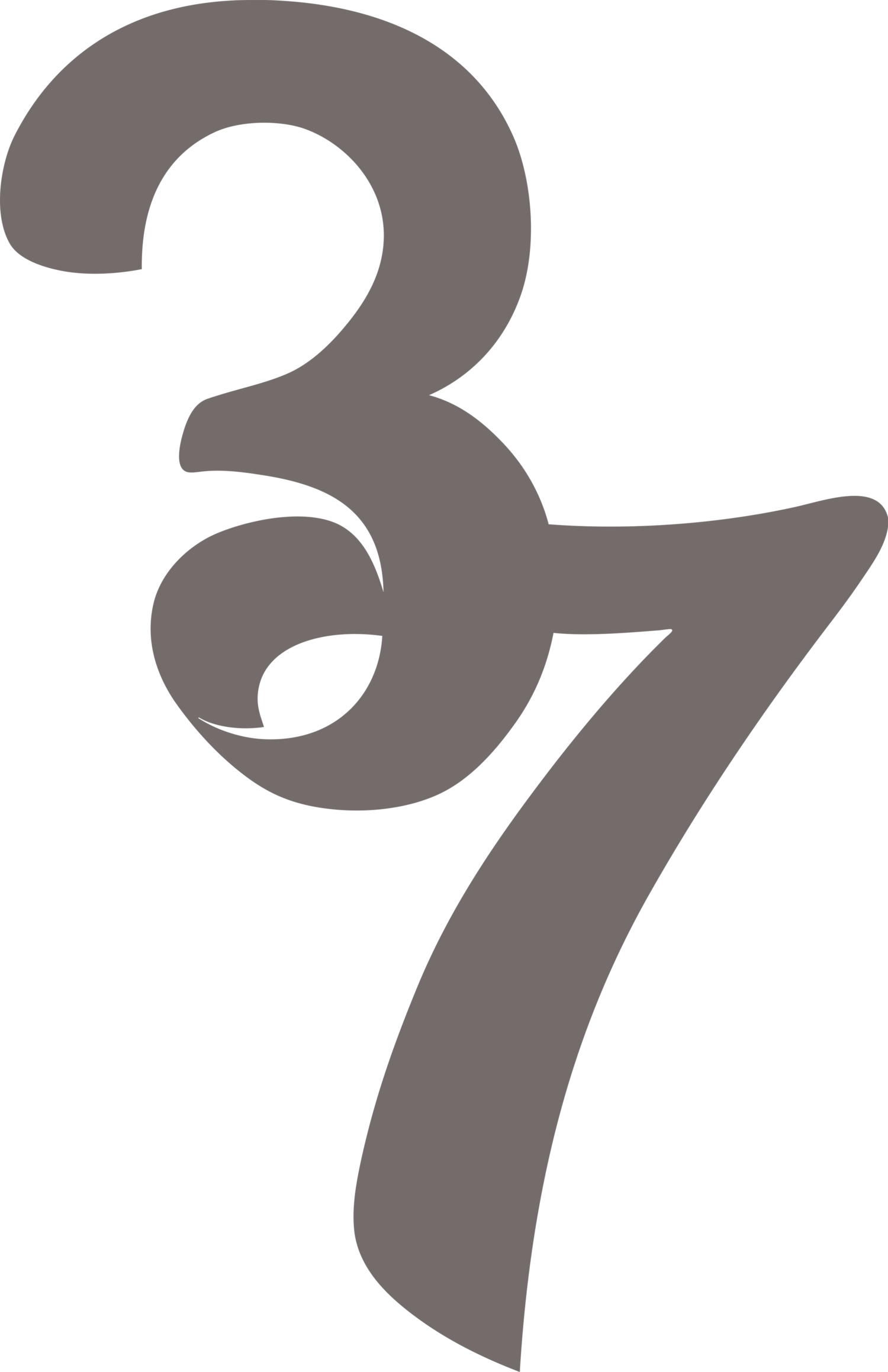WORKPLACE + INNOVATION = ?
We have had some recent projects with larger companies and the subject of Workplace Innovation inevitably arises. We are doing some more comprehensive research on the subject, but here are some practical thoughts on this timely topic.
The study of workplace innovation has kept designers and furniture companies alive for over 50 years. As we emerged from the industrial age and wartime production, a new era of work began. We were generating content in new ways. Largely paperwork that required sedentary but efficient activity. We created the office.
This spawned the birth of office systems and space planning. Paired with the modernism mantra of 'a house is a machine for living' the workplace became 'a machine for economic prosperity'. Early design in this marketplace was innovative but clumsy. Military-like regimen that worked so well in factory production lines was reinterpreted as the office workplace with the expectation of similar outcomes.
In General
Over a few generations of design evolution, patterns have begun to appear that challenge the aspiration of precision workplace engineering design.
Professional workplaces are not intellectual factories. Meaning, what works so well in product production line design does not correlate to intellectual production design. One is linear, the other dynamic. One requires isolation of activity, the other collaboration. One rejects human subjectivity and intuition, the other relies on it.
We are not machines. Regardless of our setting- factory or professional office. While we embrace the systems created to make our work easier and efficient, we don't aspire to to structure our lives similarly. Beauty, joy and romance are wildly inefficient and subjective, and that is a good thing.
The workplace is more than a vessel for commerce. It is the physical manifestation of a companies vision, culture and value proposition. It speaks volumes.
So what does that mean in 2015?
The design of the workplace is part of your competitive distinction. Companies typically think of competitive distinction externally. But if you want to attract the best and brightest, you'd better offer a great place to spend the day. Your business will do better, its a fact.
The workplace is becoming increasingly more dynamic. Our culture is moving away from static office environments. The ability to work where you want with no loss in connectivity or effectiveness is still relatively new, but significant. This simple shift has been the awakening of the entrepreneurial community, and will soon define the traditional office environment.
The next generation thinks, acts and works quite differently. This is not an evolutionary development, its revolutionary. Leadership in the current workplace is well advised to narrow the chasm and seek to understand the opportunities here.
Strategy and Tactics.
Here are some of the things we do for our clients when designing workplaces.
Build a diverse team. If you are designing new workspace, engage associates from across the spectrum in your organization. Its a little more work, but you get surprising insight. let your designer be the referee, have them work to filter the input so you have the tools to make good decisions.
Consider the entire workplace ecosystem. Space planning in a vacuum may be efficient, but will result in narrow uninformed results. Similarly, your marketing platform or human resources policies may not seem relevant, but a careful designer will see these types of things are part of the workplace experience and want to build around these
Engineer around What you do, Design around Why you do. This aims squarely at the next generation. Many competent designers can engineer your workplace to high levels of efficiency. But a true designer will manifest and articulate your core tenets- the WHY in your company and share it with customers, employees and candidates. Your workplace will develop a culture and brand that is honest and consistent with the vision of the leadership.
What's next
We keep up with innovation, the old guard and the next generation. Here's what we see:
Speed vs. Quality- I carry the complete library of data for all my projects in the palm of my hand. Generating content, sharing it, and making decisions is no longer restricted by time or place. We will need to adapt to make sure this ease and speed is leveraged, but does not come at the expense of thought and consideration. Hurry up and wait.
The narrowing gap between commodity and experience. Walmart told us that you must exchange experience and design quality for economy. Target says not so fast. Zappos just wants you to be happy, but still get your stuff fast and easy. Boutique brands that are difficult and overpriced are losing. We can design a beautiful experience, we can deliver efficiently too. We can be crafted and authentic, and we can be competitive with anyone. Raise the bars- all of them.
Laggards and Innovators- Much of the leadership in our economy are laggards- flip phones and aol email addresses. Much of the next generation are innovators- Facebook is already last week and Apple is falling behind. We'll look to pair these- because the depth of experience of the leadership is profound and the nimble disposition next generation is too. Effective partnering can make really great work.



























